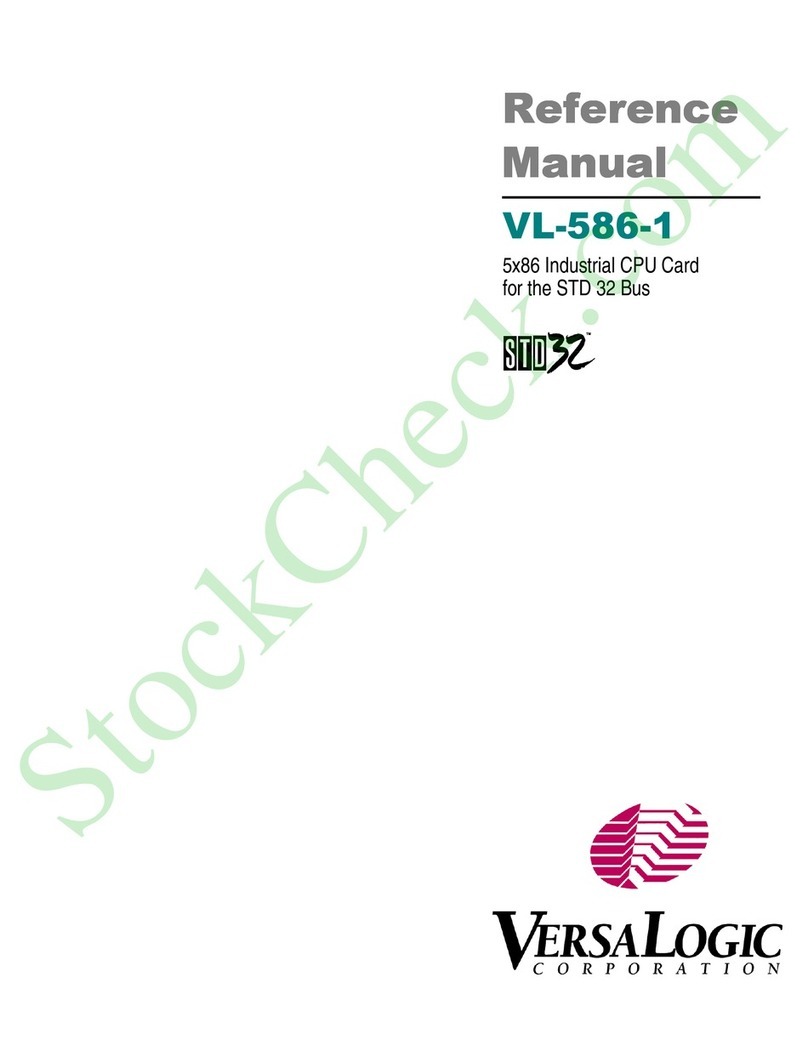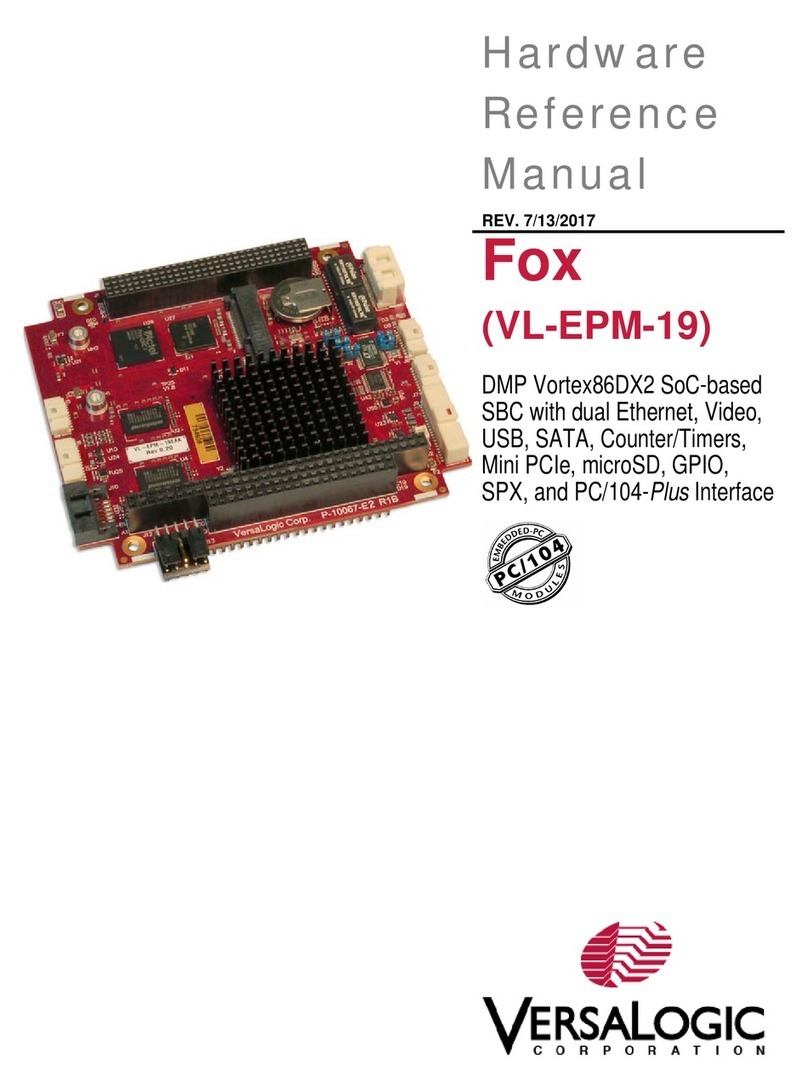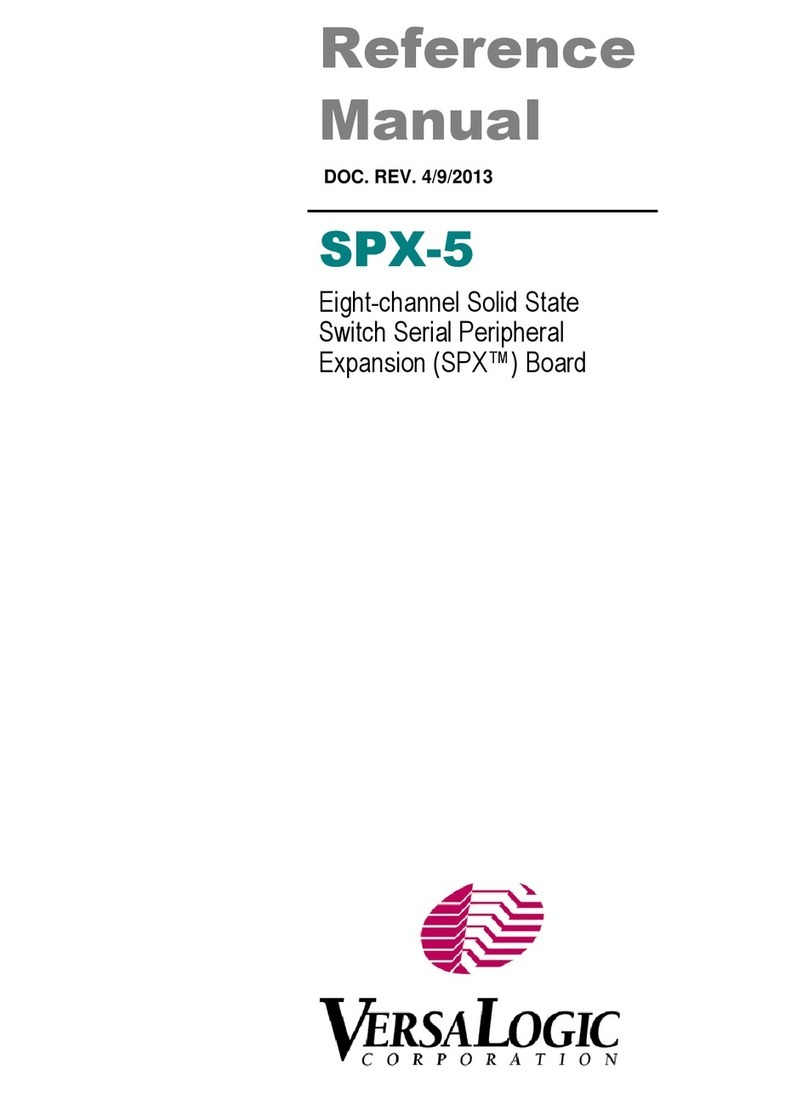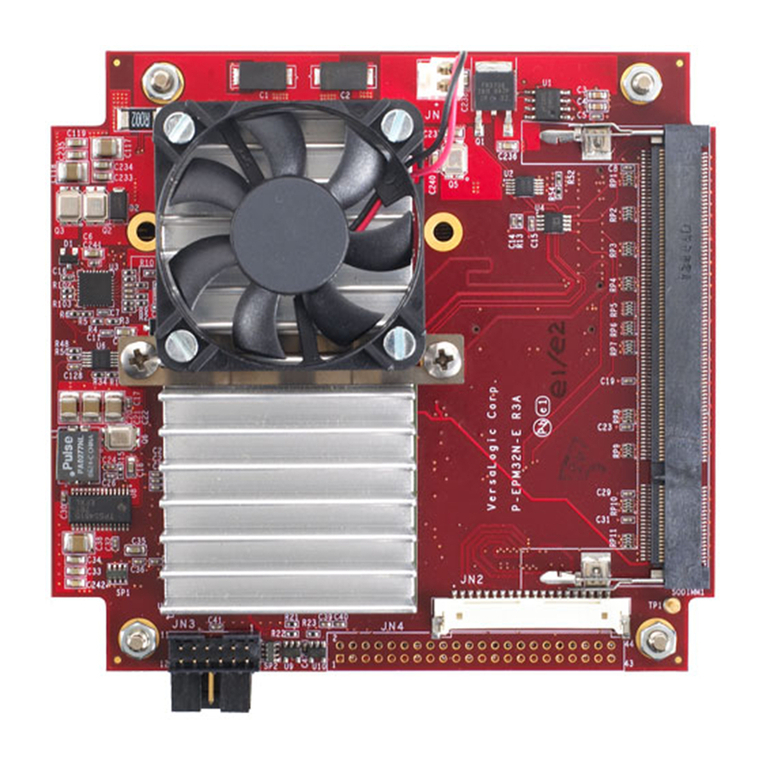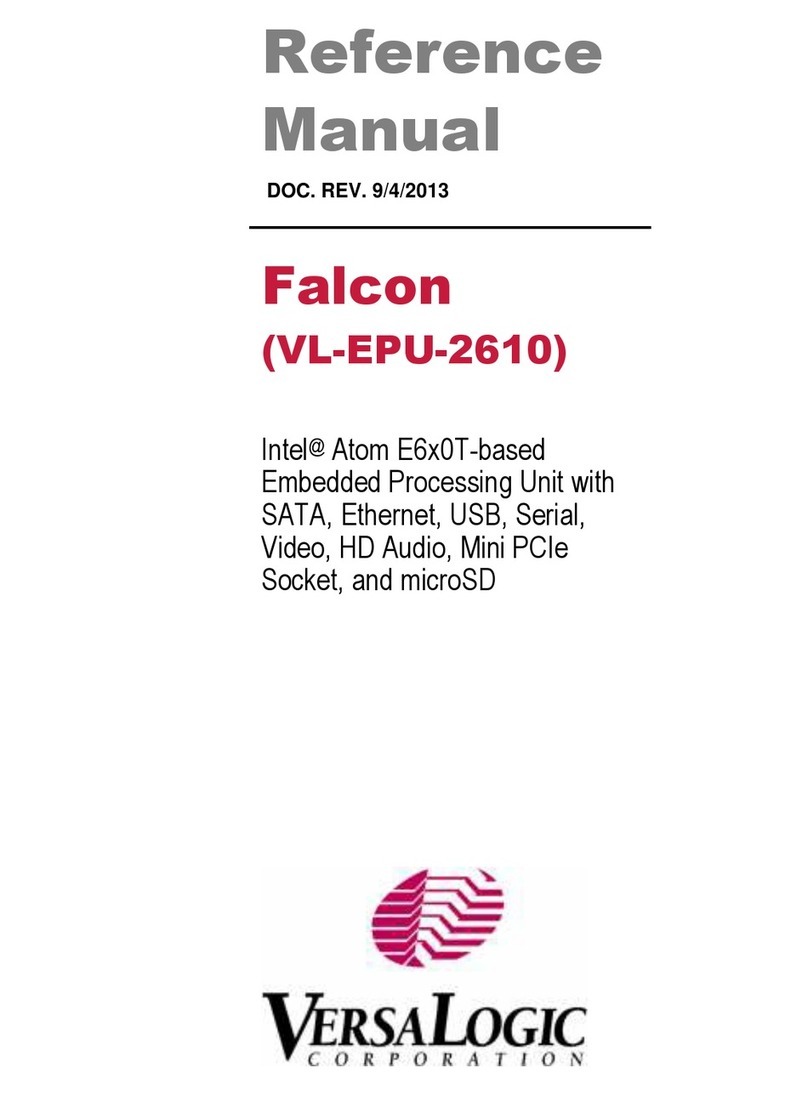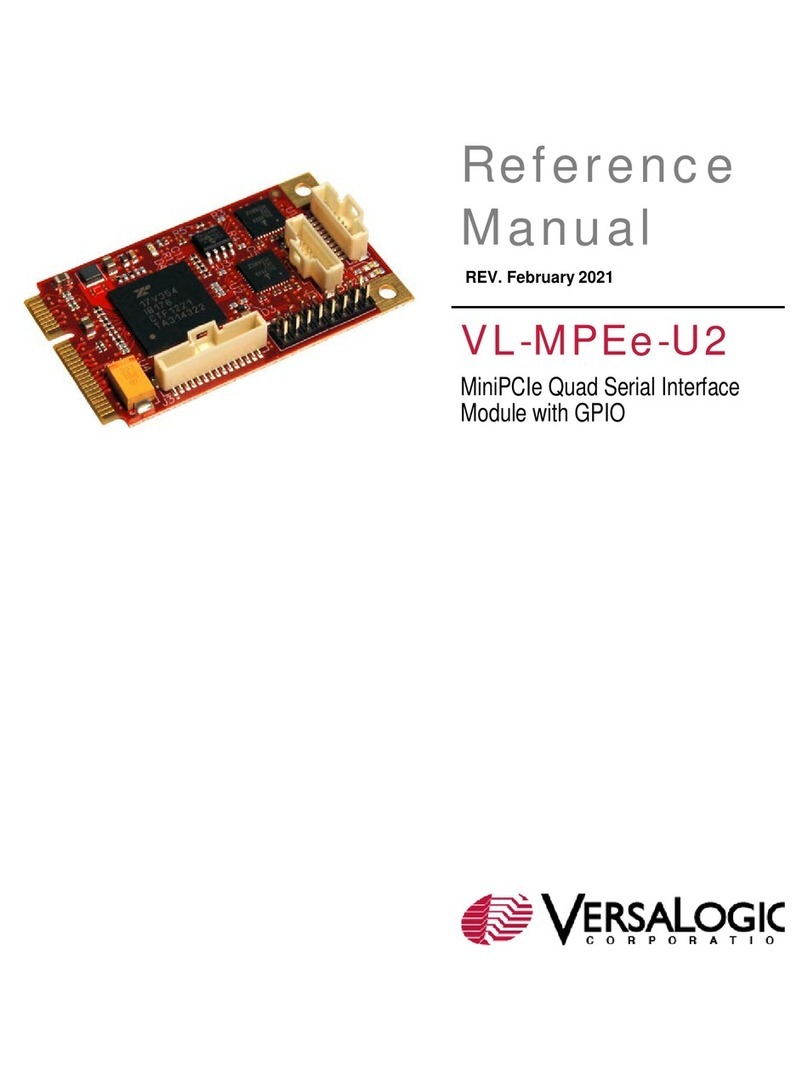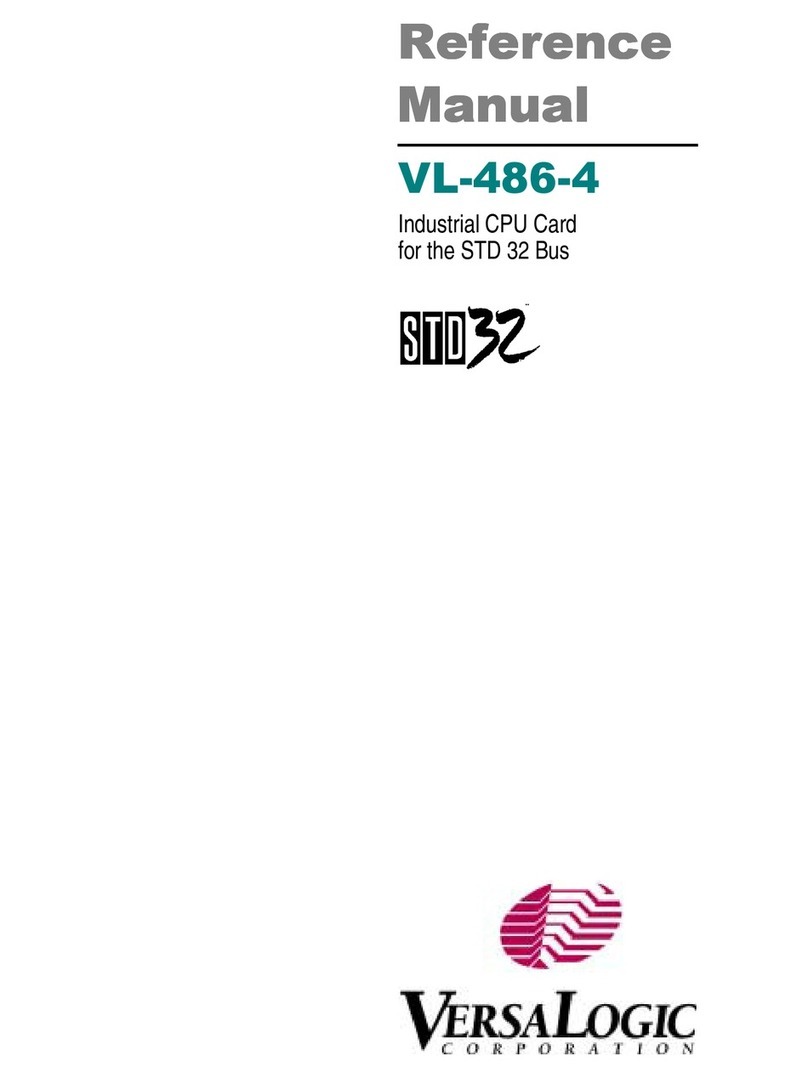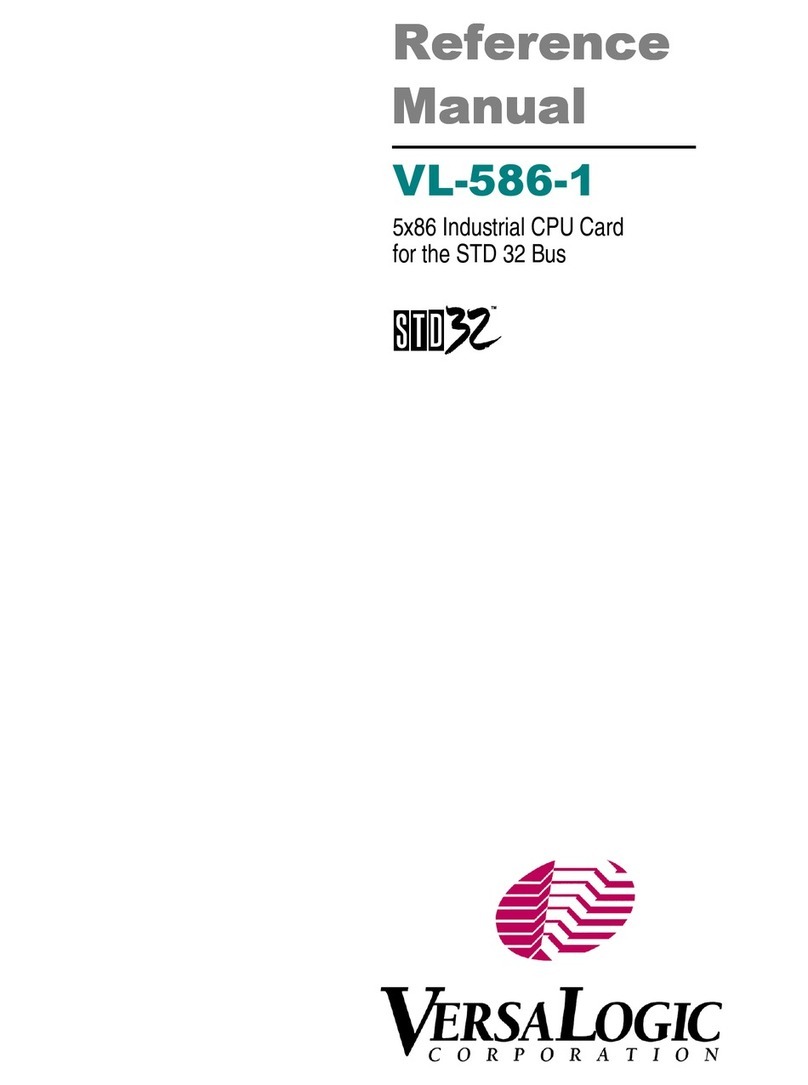
2-4 VL-12CT96/7 Analog & Digital I/O Card
JumperJumper
JumperJumper
Jumper AsAs
AsAs
As
BlockBlock
BlockBlock
Block DescriptionDescription
DescriptionDescription
Description ShippedShipped
ShippedShipped
Shipped PagePage
PagePage
Page
V9 Board Address (A8– A15) . . . . . . . . . . . . . . . . . . . . . . . . . . . . . . . . . . . . . . . . . . . . . 0300H 2-6
[1-2] = In – A15 Decoded Low [1-2] = Out – A15 Decoded High
[3-4] = In – A14 Decoded Low [3-4] = Out – A14 Decoded High
[5-6] = In – A13 Decoded Low [5-6] = Out – A13 Decoded High
[7-8] = In – A12 Decoded Low [7-8] = Out – A12 Decoded High
[9-10] = In – A11 Decoded Low [9-10] = Out – A11 Decoded High
[11-12] = In – A10 Decoded Low [11-12] = Out – A10 Decoded High
[13-14] = In – A9 Decoded Low [13-14] = Out – A9 Decoded High
[15-16] = In – A8 Decoded Low [15-16] = Out – A8 Decoded High
V10 IOEXPSelect . . . . . . . . . . . . . . . . . . . . . . . . . . . . . . . . . . . . . . . . . . . . . . . . . . . . . . . IOEXPIgnored 2-7
[1-2] = In – Board responds to IOEXP high and low (IOEXP ignored)
[2-3] = In – Board responds to IOEXP low
[Both] = Out – Board responds to IOEXP high
V11 AddressModeSelector . . . . . . . . . . . . . . . . . . . . . . . . . . . . . . . . . . . . . . . . . . . . . . . 16-Bit 2-5
[1-2] = In – 16-Bit Address Decoding
[3-4] = In – 8-Bit Address Decoding
V12 Board Address (A4 – A7) . . . . . . . . . . . . . . . . . . . . . . . . . . . . . . . . . . . . . . . . . . . . . . 0300H 2-5
[1-2] = In – A7 Decoded Low [1-2] = Out – A7 Decoded High
[3-4] = In – A6 Decoded Low [3-4] = Out – A6 Decoded High
[5-6] = In – A5 Decoded Low [5-6] = Out – A5 Decoded High
[7-8] = In – A4 Decoded Low [7-8] = Out – A4 Decoded High
V13[1-2] ParallelPortInterruptEdgeSelector . . . . . . . . . . . . . . . . . . . . . . . . . . . . . . . . . . . . . Rising Edge Only 2-18
In – Rising Edge Only
Out – Rising and Falling Edges
V13[3-4] ParallelPort InterruptSelect(Module 0). . . . . . . . . . . . . . . . . . . . . . . . . . . . . . . . . . . Enabled 2-18
In – Activity on Module 0 (J3 Pin 31) generates interrupt request
Out – Disabled
V13[5-6] ParallelPort InterruptSelect(Module 1). . . . . . . . . . . . . . . . . . . . . . . . . . . . . . . . . . . Disabled 2-18
In – Activity on Module 1 (J3 Pin 29) generates interrupt request
Out – Disabled
V13[7-8] ParallelPort InterruptSelect(Module 2). . . . . . . . . . . . . . . . . . . . . . . . . . . . . . . . . . . Disabled 2-18
In – Activity on Module 2 (J3 Pin 27) generates interrupt request
Out – Disabled
V13[9-10] ParallelPort InterruptSelect(Module 3). . . . . . . . . . . . . . . . . . . . . . . . . . . . . . . . . . . Disabled 2-18
In – Activity on Module 3 (J3 Pin 25) generates interrupt request
Out – Disabled
V14[1-2] Use STD BusIRQx to carry parallelport interrupt signal . . . . . . . . . . . . . . . . . . . . . . Disabled 2-19
In – Connects parallel port interrupt circuitry to STD Bus IRQx (E47)
Out – Frees IRQx to be used for other purposes
V14[2-3] Use STD Bus IRQx to carryADC conversion complete interrupt. . . . . . . . . . . . . . . . Disabled 2-19
In – Connects ADC interrupt circuitry to STD Bus IRQx (E47)
Out – Frees IRQx to be used for other purposes
V15[1-2] Use STD BusIRQ* to carry parallelport interruptsignal . . . . . . . . . . . . . . . . . . . . . . Disabled 2-19
In – Connects parallel port interrupt circuitry to STD Bus IRQ* (P44)
Out – Frees IRQ* to be used for other purposes
V15[2-3] Use STD Bus IRQ* tocarry ADC conversion complete interrupt . . . . . . . . . . . . . . . . Enabled 2-19
In – Connects ADC interrupt circuitry to STD Bus IRQ* (P44)
Out – Frees IRQ* to be used for other purposes
V16[1-2] Use STD BusIRQ1* to carryparallel port interruptsignal . . . . . . . . . . . . . . . . . . . . . Enabled 2-19
In – Connects parallel port interrupt circuitry to STD Bus IRQ1* (P37)
Out – Frees IRQ1* to be used for other purposes
V16[2-3] Use STD Bus IRQ1* to carry ADC conversion complete interrupt . . . . . . . . . . . . . . . Disabled 2-19
In – Connects ADC interrupt circuitry to STD Bus IRQ1* (P37)
Out – Frees IRQ1* to be used for other purposes
V17[1-2] Use STD BusIRQ2* to carryparallel port interruptsignal . . . . . . . . . . . . . . . . . . . . . Disabled 2-19
In – Connects parallel port interrupt circuitry to STD Bus IRQ2* (P50)
Out – Frees IRQ2* to be used for other purposes
V17[2-3] Use STD Bus IRQ2* to carry ADC conversion complete interrupt . . . . . . . . . . . . . . . Disabled 2-19
In – Connects ADC interrupt circuitry to STD Bus IRQ2* (P50)
Out – Frees IRQ2* to be used for other purposes
V18[1-2] Use STD BusIRQ3* to carryparallel port interruptsignal . . . . . . . . . . . . . . . . . . . . . Disabled 2-19
In – Connects parallel port interrupt circuitry to STD Bus IRQ3* (E67)
Out – Frees IRQ3* to be used for other purposes
V18[2-3] Use STD Bus IRQ3* to carry ADC conversion complete interrupt . . . . . . . . . . . . . . . Disabled 2-19
In – Connects ADC interrupt circuitry to STD Bus IRQ3* (E67)
Out – Frees IRQ3* to be used for other purposes
Figure 2-2. VL-12CT96/7 Jumper Functions
Configuration — Jumper Options
